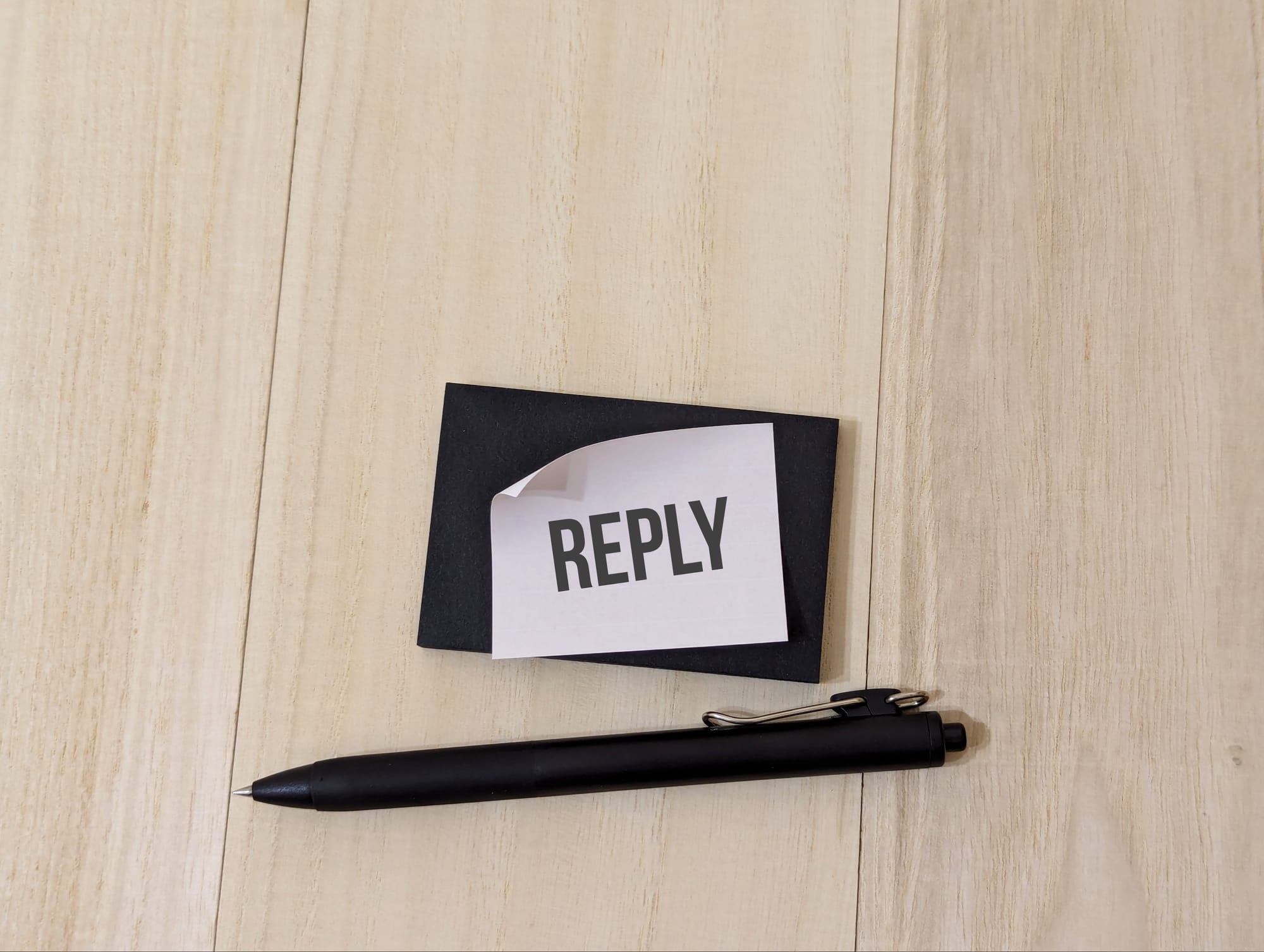Social media and mobile communication may dominate our digital world, but email has stood the test of time. Many perceive email as more traditional, but it remains a vital tool and resource for the majority of businesses.
To master email response, you need to go beyond just replying. A winning email response strategy focuses on building relationships and strategically engaging with your audience. With the right response, a simple reply can be elevated into a powerful, conversion-driven conversation.
In this article, we explore:
- The benefits of an email response strategy
- What great email replies look like
- Tools for automation
Why Having An Email Response Strategy Is Necessary
In business, every interaction is important. That certainly includes conversations over email. Even if emails are purely transactional, an optimized email response strategy means you do more than just exchange information. You build a relationship.
Email responses are your way of developing customer trust and maintaining a positive relationship with them. Your replies should be timely and relevant.
Consider a situation where a customer requires support with your product or services. The best solution is to respond quickly with a personalized email that includes relevant information to assist with their query.
The aim is that they’ll be impressed by your response and feel positive about your services. Hopefully, they'll be impressed to the extent that they’ll remain customers and may even consider recommending your services to their friends and family.
Conversely, delayed replies can damage relationships. The same can be said for generic replies that make the customer feel that they’re just another number to you. Opportunities can be lost, customers can move on, and revenue can disappear.
An email response strategy isn’t just about keeping current customers happy. It can also increase your conversion rates. As you talk to prospects throughout your sales strategy, a positive email response can help them move closer to conversion. This is especially the case when you combine it with a powerful call-to-action sales strategy within your email.
The Components of a Successful Email Response Strategy

Personalization
People desire connection on an individual level. Your prospects and customers are bombarded with generic advertising all day long. They want to hear from someone who treats them with respect. That means addressing them by their name, referencing their workplace, or noting a recent shared experience. If they are users of a certain aspect of your services, pay lip service to it.
Personalized responses make your communication resonate with the recipient. In turn, the recipients actively engage with you.
Timeliness
Rapid responses are paramount in a successful email response strategy. Not only does it show that you’re respectful of the recipient’s time, but also that you’re an efficient and effective business. When you’re dealing with prospects, this is even more important. It can be the difference between a sale and someone taking their money elsewhere.
Relevance
Your response should be relevant to the email that you received. That means taking the time to understand precisely the query and offering relevant information to help resolve it. Not every email is a sales opportunity, but it might be an opportunity to share a relevant and related product or service.
Call-to-Action
Whenever you reply to someone, give them some guidance on what the next step should be. It could be as simple as asking them to visit a resource in your help center. You might ask them to book a call with you during the sales process or schedule a demo. Whatever your call to action might be, make sure to include one. You’re dealing with someone that is already engaged with you. Don’t miss the opportunity to further the conversation or sales process.
Email Response Strategies and Tools
The right tool can make implementing your email response strategy a breeze. This is especially true when you’re working at scale.
- Email Marketing Tools: Email marketing tools, such as Instantly, offer you features that make emailing considerably easier. These include sales email templates, automated email sequences, and analytics. The best tools will also allow you to segment your email list, ensuring that your messaging is accurate and relevant for those who receive it.
- Analytics and Tracking: Many email marketing tools will include analytics. There are also many stand-alone analytics tools. Tools such as Google Analytics and MonsterInsights give you detailed information on how your users are interacting with your email campaigns. This information allows you to adapt and refine your strategy moving forward.
- AI-Powered Solutions: There are AI-powered tools for almost all elements of business now. You could use an AI tool such as ChatGPT to help you compose your emails. There are tools to help you plan the perfect marketing strategy. Some businesses leverage AI to predict the response to certain campaigns. Consider what your need is, then research what tools are the most relevant to you.
Key Takeaways
There’s more to an email response strategy than just sending a reply. You can nurture a lasting connection with your recipients with the right strategy. Concise email structure, personalization, relevance, and timeliness create a welcome and appreciated response.
- Always treat the recipient as an individual that deserves your time and attention.
- Using advanced tools can make your responses more effective and efficient.
- Be in the mindset that every interaction counts.
Looking for a tool that can elevate your email response strategy effortlessly? Look no further than Instantly. Start today, and you’ll see just how powerful it is.




